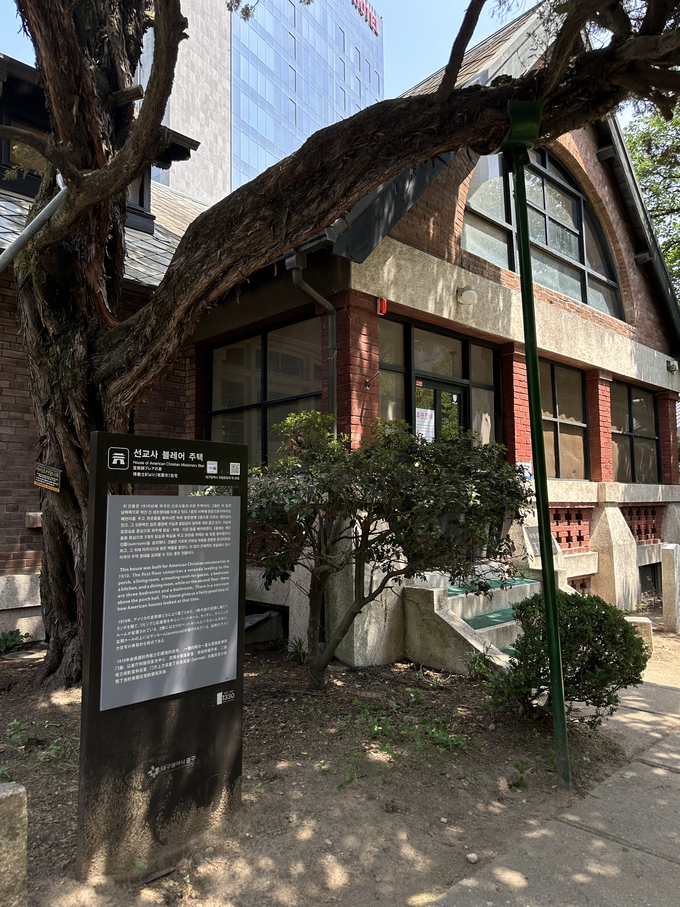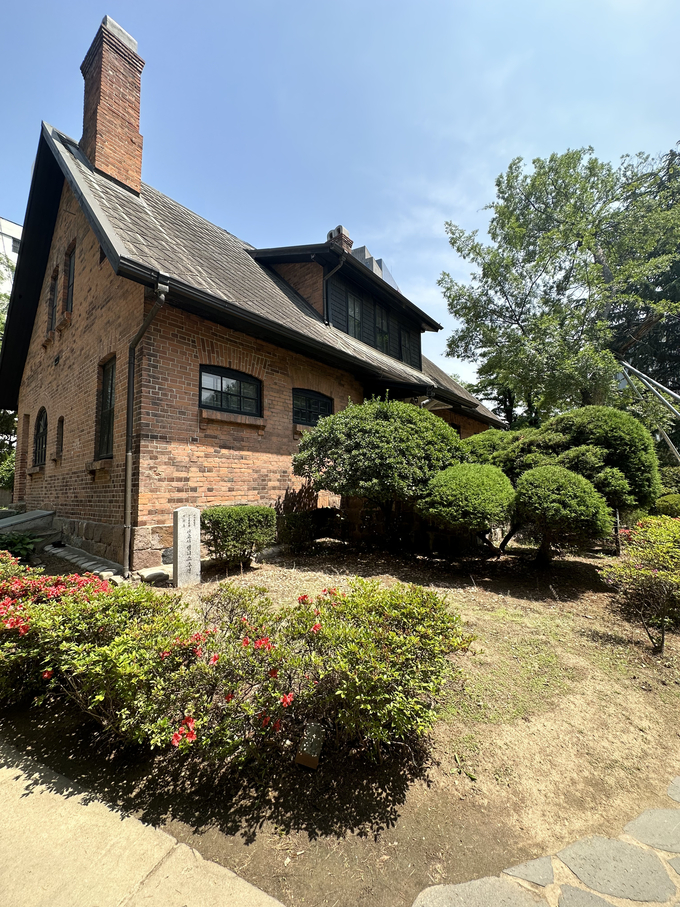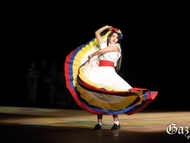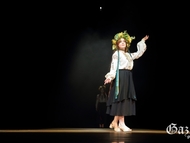

The Dongsan Medical Missionary Museum has become a top-rated attraction because it captivates both locals and visitors with its awe-inspiring beauty. Originally established as a residential area in the early 1900s, this historic site was once home to the missionaries that played a crucial role in founding the renowned Dongsan Medical Center. Today, the area has been transformed into a captivating museum that pays tribute to the rich legacy of medical missions.
The Dongsan Medical Missionary Museum sets itself apart from other houses in the area due to its unique fusion of traditional Korean architecture, known as Han-Ok. The design of han-ok combines elegant gardens reminiscent of Western European landscapes. The meticulously maintained gardens surrounding the missionary houses leave visitors enchantment due to the unique design of the building. Since 1981, the Dongsan Medical Center has made progress in organizing this area as a cherished site.
The Sweetser House is one of the missionary houses that was named after the missionary Martha Sweetser. This site now serves as a missionary museum and provides a few works from Martha Sweetser. Blair House is known for its education and history museum, which has classrooms from the 1960-70s. It is next to the House of Sweetser and displays a rich collection of folklore items and various textbooks from different eras. The photographs also commemorate the March 1st Movement, which encourages a deeper understanding of Korean national history.
The Chames House is simply known as a medical museum. This residence is particularly important because Reverend O. Vaughan Chames played a significant role in 1993 in supporting and developing the Dongsan Hospital. The museum allows visitors to explore the medical equipment from the early 1900s and observe the progress that represents medicine in Eastern and Western Europe. This further allows visitors to explore modern medicine's progress too.
Another major place here is the apple tree, located outside of the missionary houses. It is from the United States and was brought to Korea during the inauguration of Dongsan Medical Hospital in 1899 when Dr. Woodridge Johnson, the founding director of the hospital, ordered an apple tree from the United States and cultivated it in Daegu. It serves as a testament to the hospital's history. Daegu is known as “the city of apples” because of this first western apple tree in Daegu. This apple tree represents the legacy of the Western influence on Daegu's apple industry.
For those planning to visit Daegu or are around Cheongna Hill, the Dongsan Medical Missionary Museum should be on top of your tour list of things to see. Visitors, especially if you are part of the Keimyung family, will learn to appreciate the work of foreign missionaries in supporting and contributing to the Keimyung Medical Center. Students could take time during their break and learn about the history that has connected with Keimyung. This museum commemorates their efforts, highlights the significant missionary workers and organizations, and places valuable insights into the history of medical missions. Thus, do not miss the opportunity to engage yourself in the captivating world of the Dongsan Medical Missionary Museum. The Dongsan Medical Missionary Museum is a must-see place to visit. It is guaranteed that you will not regret visiting it because the museum is a hidden gem, representing the city’s rich heritage, of Daegu. For more information, please visit the Keimyung University Dongsan Hospital website in the Medical Mission Museum section https://eng.dsmc.or.kr:49910/content/05museum/01_01.php,or contact the office at 053-250-7100.
sjkwon120@gmail.com










